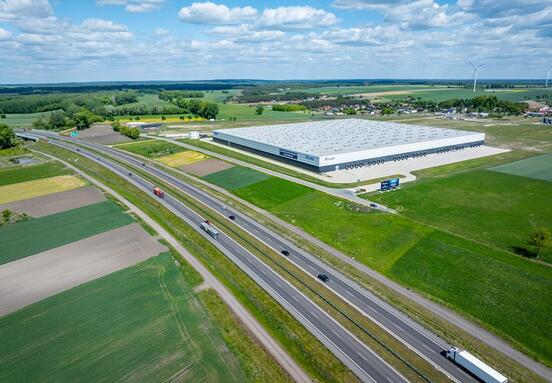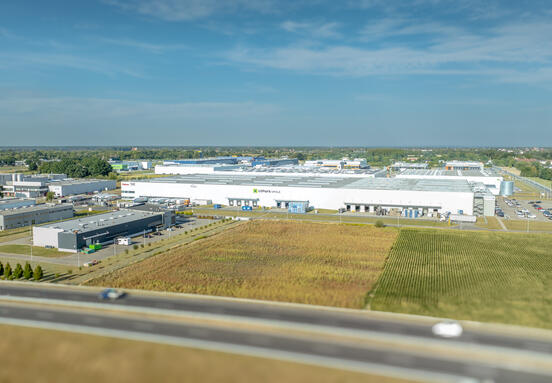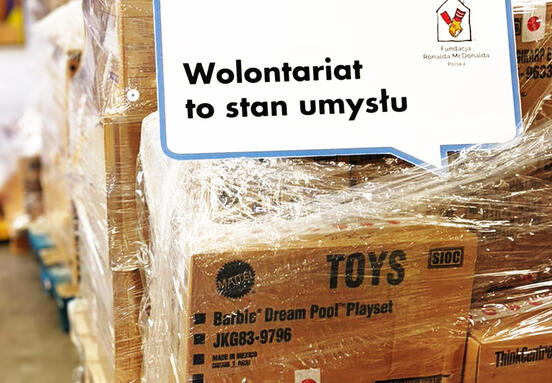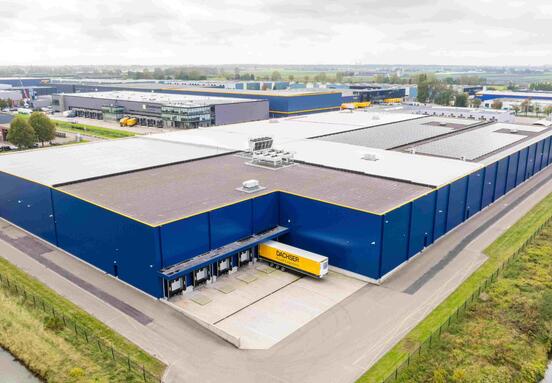Outlook 2025: A Year of Selective Growth
The Polish investment land market in 2025 is poised for recovery, marked by cautious optimism and a focus on specific project types rather than broad expansion. While transaction volumes are increasing, decisions are preceded by thorough analysis. Investors are returning, navigating a more demanding landscape than in previous years. This selective approach directly impacts the types of commercial and industrial spaces coming online, influencing your rental options.
Where is Investment Focused?
Micro-analytical thinking dominates the market. Capital is targeting land for projects with confirmed demand potential. For businesses looking to rent space, this translates to increased availability in specific sectors:
- Urban Warehouses: Strong investment suggests more modern logistics and storage facilities closer to city centres.
- Logistics Sites: Global supply chain shifts are fueling demand for warehouse space across Poland, particularly benefiting locations along key transport routes.
- Mixed-Use Developments: Investment in these urban projects, especially in provincial cities, may yield new retail, office, or service spaces integrated into vibrant locations.
- Residential Projects: While primarily housing, these developments often include ground-floor retail or service units, adding to local commercial space supply.
This targeted investment means businesses should look for opportunities within or near these developing areas.
Capital Sources and Project Pace
After a period of hesitation, many investors, including local capital not traditionally tied to development, are actively seeking opportunities. While the market anticipates increased participation from Western European capital later in the year, current activity heavily relies on 'neighbouring' capital from countries like the Czech Republic, Germany, and the Baltics, alongside significant local investment. This diverse capital base supports steady project development, though the scale and speed might vary depending on the investor type.
Global Dynamics and Their Local Impact
Global economic changes, including trade tensions, are significantly influencing the Polish market. Poland's stable economy and strategic location make it an attractive alternative for businesses looking to relocate or expand operations. This is particularly true for warehousing and logistics. Increased inquiries for new logistics spaces, including from investors from China, highlight the growing importance of Poland in global supply chains. For businesses, this suggests continued strong supply and competitive options within the logistics sector.
Navigating the Planning Landscape
A major challenge impacting the speed at which new rental spaces become available is the complex and often unpredictable planning process in Poland. Low coverage by local spatial development plans (MPZP) and delays in obtaining building permits (WZ) due to administrative discretion create uncertainty. While legislative changes are being proposed to streamline processes and introduce digital solutions, the current situation means potential delays in the delivery of new projects. Businesses planning their future space needs should be aware of these potential timelines.
What This Means for Renters in 2025
The 2025 outlook suggests a market recovering with a clear focus. Expect a steady, selective increase in the supply of modern urban warehouses, logistics parks, and commercial spaces within mixed-use developments. While foreign capital is expected to increase activity, local and regional investors are currently driving growth. Be mindful that planning complexities may affect development timelines. By understanding where investment is flowing, businesses can better anticipate and find suitable rental opportunities.
Prepared based on materials provided by PRESTIGE Public Relations. Developed using an analysis by Emil Domeracki – Partner and Board Member of the Land Development Advisory at Walter Herz.
Source: prestigepr.pl








